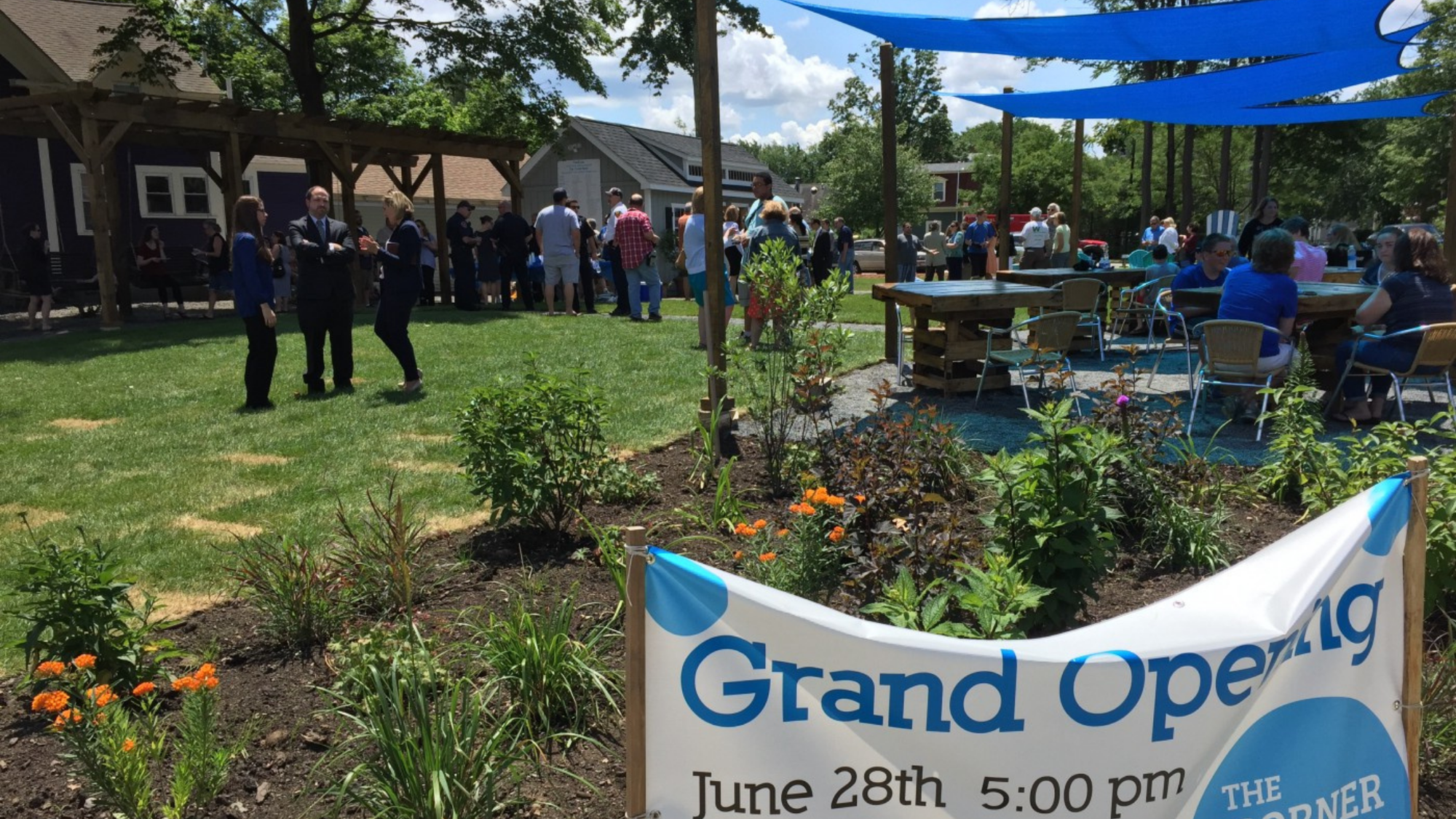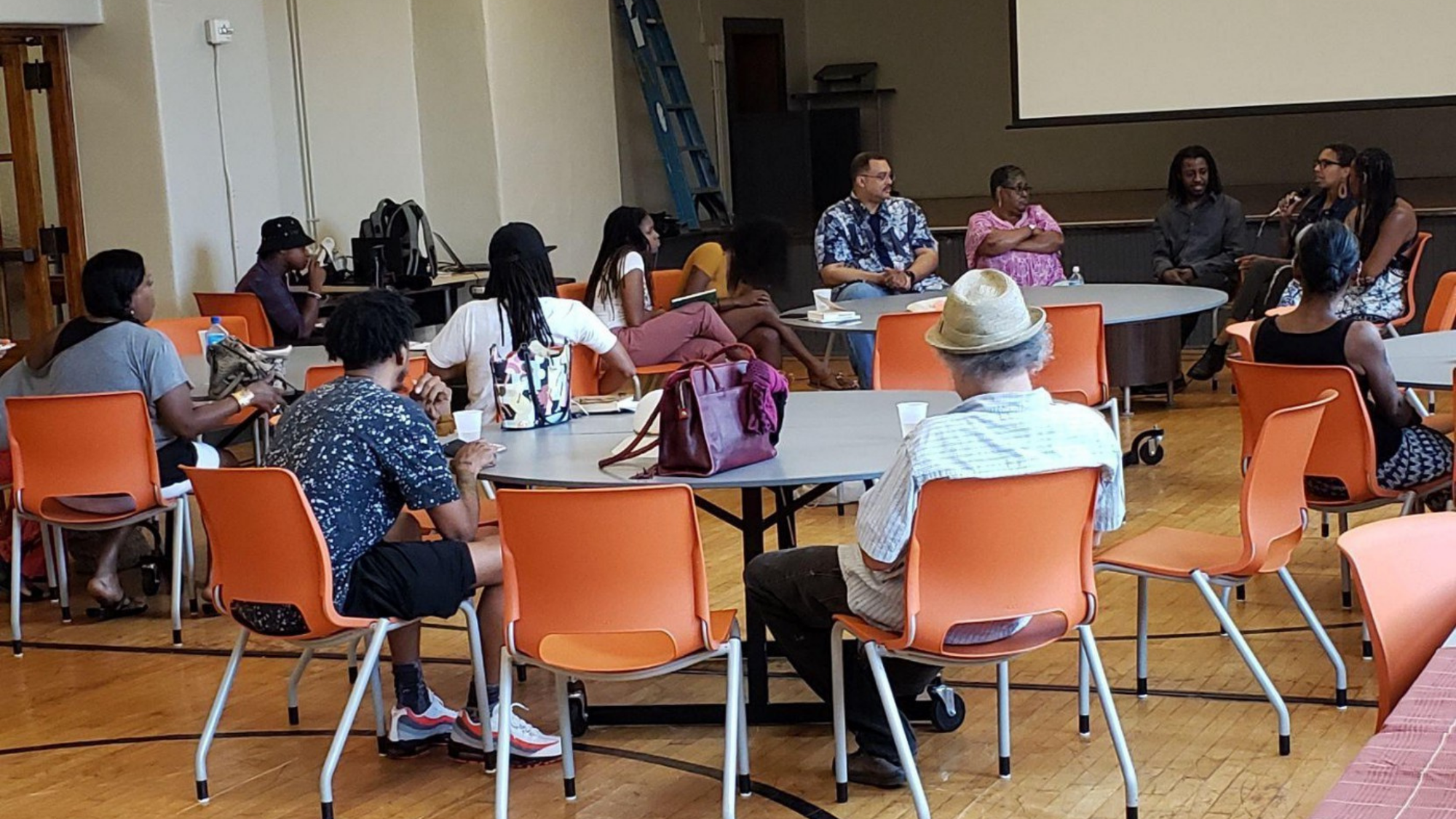
Understanding Placemaking & Going Beyond the Definition
You probably already are a placemaker and didn’t even realize it. It’s about the work you’re leading that is building a vibrant community.
Most of our day-to-day work at Patronicity is centered on supporting projects and project creators that promote placemaking within their communities.
What’s placemaking you ask? Great question! Ask two of our staff members and you’re likely to get two slightly different answers.

Placemaking Defined
A great place to start learning about placemaking is at the Project for Public Spaces (PPS). PPS is considered one of the top experts on placemaking, which they describe in the following way:
“With community-based participation at its center, an effective Placemaking process capitalizes on a local community’s assets, inspiration, and potential, and it results in the creation of quality public spaces that contribute to people’s health, happiness, and well-being.” — Project for Public Spaces
That’s a great, all-encompassing definition of placemaking, but it’s certainly not the only definition available. Here are some of our favorite definitions.
“Placemaking is the creation, development, transformation or enhancement of a public space into an active place where people want to be, where activities happen, where the community comes together, where a local identity can be felt, and that is inviting to all. Some may include but are not limited to artistic perspectives, green design, gathering space, seating/landscaping, etc.”
“Placemaking is the creation of public places, places publicly owned or of public use, accessible and enjoyable by all for free and without a profit motive. Public spaces are a key element of individual and social well-being, the places of a community’s collective life, expressions of the diversity of their common natural and cultural richness and a foundation of their identity.”
“An act of creating spaces where people want to spend time and connect, developing the identity of the community which they exist within.”
“Placemaking is the process of making places that have meaning to people, enduring patterns of community use, and memorable physical qualities.”
“Placemaking, in a nutshell, is about positioning the human experience in everyday life above all else.”
As you can see, while there are lots of different ways to define placemaking, there are common threads throughout most of the definitions:
- Community engagement, participation, and/or leadership
- Emphasis on the process of creating places being just as important or more important than the places themselves
- A focus on public rather than private places; more specifically, a focus on how public spaces are used rather than just on how they look
- Community identity should help shape and be reflected in public spaces
- People first!

You probably already are a placemaker and didn’t even realize it. It’s less about the definition, and more about the work that you’re leading and inspiring within your neighborhood that is building a vibrant community.
Hopefully, you feel more comfortable with the idea of placemaking, but maybe you’re wondering why we focus so much on this particular type of community development and design. Why do we care about placemaking? Why should YOU care about placemaking?

Here are some reasons why placemaking is so important:
- Federal and local policies, including planning zoning laws, have created spaces that are better suited for cars than for people.
- Residents are often left out of the decision-making process in regard to community development.
- Bureaucratic processes and costly fees discourage innovative public projects
- At the United Nations Conference on Housing and Sustainable Urban Development in October 2016, the New Urban Agenda was adopted and included the goal for more cities to “provide universal access to safe, inclusive and accessible, green and public spaces.”
- As it relates to public space specifically, public spaces can be powerful tools to reconcile differences and build social cohesion. On the other hand, restricting access to them can exacerbate discrimination and social tension.
By involving the community and all relevant stakeholders in the design of a public space, humanitarians can promote dialogue between different stakeholders and use the design process as a way of engendering communication and constructive dialogue. Including the community in the design process encourages them to take more ownership of the space, to promote safety within it, and to better identify with it and the surrounding neighborhood.

The beauty of a successful public space is that it allows for local ingenuity. That is, people are able to use it to suit their specific needs, whether it’s setting up a farmers market or using public benches as a skate park. A public space that allows for interpretation can reveal the ingenuity of a neighborhood’s residents. The best uses often bubble to the top and are important to the majority of residents, thereby promoting socialization and place attachment.
As we move ahead, it is apparent that the immediate surrounding environment influences the well-being of all citizens, including vulnerable groups. Public spaces are a common good, a public asset of high value with a direct impact on the quality of life of citizens. Building on our responsibility, urban policies should be developed at the local government level to address people’s needs.
With the winter season upon us, communities are reimagining ways they can continue to bring residents, neighbors, and visitors to their streets. In November 2020, our team at Patronicity crowdsourced ideas from around the world to create an inspiring booklet of ideas to inspire the creation of the Winter Places Guide. This year, we just released Winter Places 2.0 as a report on the implemented ideas and the successes of Winter Placemaking. If you’re looking for ideas on placemaking for all seasons and to fit uniquely in line with the needs of your community, reach out to our team to begin a conversation. We’ll share how a community-envisioned, community-led, and community-funded space can go far beyond just creating a beautiful place.

